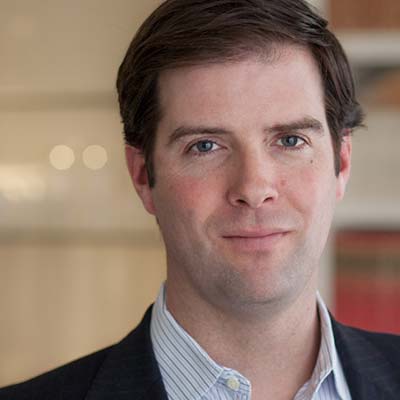How to accelerate impact investing
Interview by Phillip W. Fisher, founder of Mission Throttle in suburban Detroit, dedicated to accelerating philanthropic innovation in communities; and Douglas Bitonti Stewart, executive director of the Max M. & Marjorie S. Fisher Foundation, whose mission is to enrich humanity by strengthening and empowering children and families in need.
Fran Seegull is president of the U.S. Impact Investing Alliance, which works to increase awareness of impact investing in the United States; foster the deployment of impact capital across asset classes globally; and partner with stakeholders, including government, to build the impact investing ecosystem. Seegull also serves as the executive director of the Tipping Point Fund on Impact Investing, a donor collaborative focused on scaling the field with impact integrity.
Previously, Seegull was the chief investment officer and managing director of ImpactAssets, where she headed investment management for The Giving Fund — now a $3 billion impact investing donor-advised fund. She has a bachelor’s degree in economics from Barnard College and an MBA from Harvard University. She serves on the investment committee of Align Impact and the advisory boards of SOCAP and the CASE i3 Initiative at Duke University. Seegull joins many others in reimagining capitalism in the future.
What’s your background in leading the nation’s premier field-building organization committed to accelerating impact investing?
My journey into impact investing began nearly 25 years ago at Harvard Business School. I was working in family philanthropy as a program officer for the Peter Norton Foundation (established after the success of the Norton AntiVirus program), and we were making grants in very innovative, creative ways, especially for the time.
Eventually, I started thinking about how the endowment was invested and whether it was consciously or unconsciously invested at cross purposes to the foundation’s mission. That’s what led me to business school: my desire to explore how the financial capital markets and for-profit business models could create positive and measurable social, economic and environmental impact alongside financial returns.
At the time, Harvard Business School was rooted in the Milton Friedman model of neoliberalism, where the purpose of a corporation was understood to be about maximizing shareholder value. I believed this view was fallacious because it failed to account for businesses’ negative and positive externalities.
Since graduating from Harvard, I’ve been running, consulting or investing for impact through mission-driven businesses and/or funds. I also serve as executive director of the Tipping Point Fund on Impact Investing (TPF), a donor collaborative and sister organization to the U.S. Impact Investment Alliance. The two organizations share a mission of growing the impact investing field with integrity. Whereas the Alliance employs public policy advocacy, investor engagement and field building, the TPF utilizes grantmaking to move the dial.








